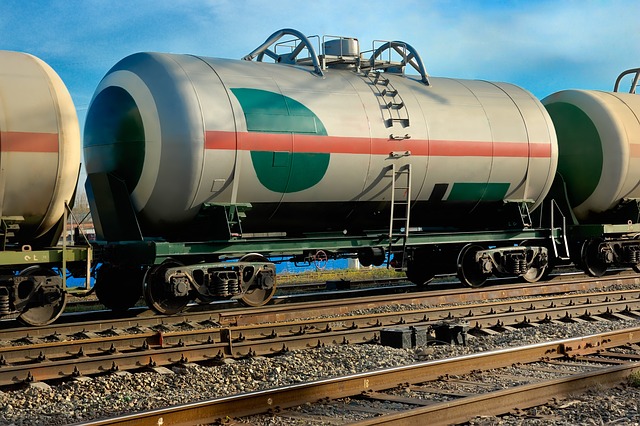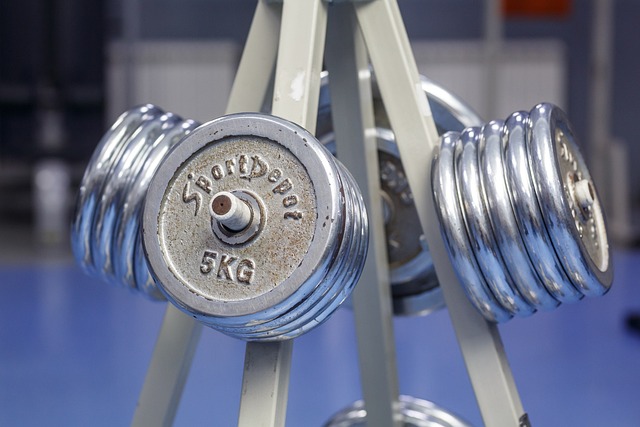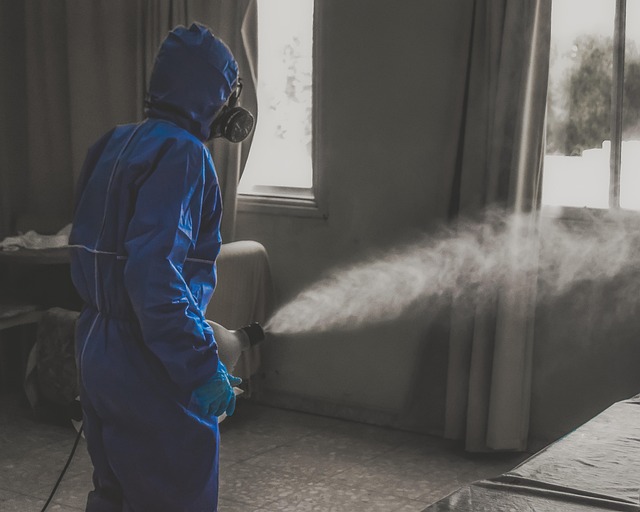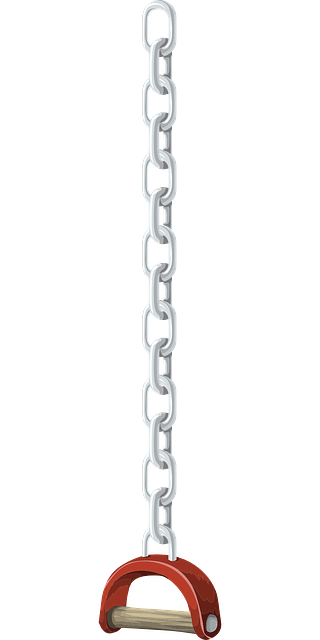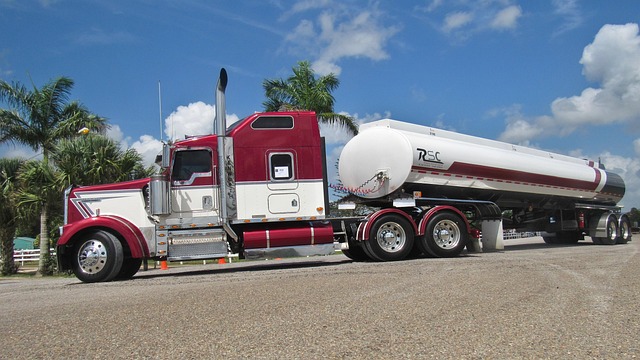Hazmat drills using high-quality emergency response props like spill kits and mock substances enhance decision-making, communication, and teamwork for safe, efficient responses. Online tank training modules provide remote access to realistic scenarios, saving costs and enabling frequent practice. When selecting props, choose durable, versatile replicas from reputable suppliers for comprehensive training. Strategically set up a dedicated training area with various prop tanks, obstacles, and dynamic environments for immersive learning experiences. Regularly update simulation scenarios with advanced lighting, scent machines, audio cues, and sound effects to maintain trainee engagement and preparedness.
In today’s digital age, online tank training equipment is transforming how hazardous material (hazmat) drills are conducted. This comprehensive guide explores the critical role of hazmat drills in emergency preparedness and highlights the benefits of using advanced virtual tools. We delve into choosing the right emergency response props, setting up immersive training environments, and best practices for realistic hazard simulation. By embracing these innovations, first responders can enhance their skills and stay ready to handle real-world crises effectively, all while ensuring safe and cost-efficient training.
- Understanding Hazmat Drills and Their Importance
- Benefits of Online Tank Training Equipment
- Choosing the Right Emergency Response Props
- Setting Up an Effective Training Environment
- Best Practices for Realistic Hazard Simulation
Understanding Hazmat Drills and Their Importance

Hazmat drills, or hazardous materials response exercises, are crucial simulations designed to prepare emergency responders for real-world scenarios involving toxic substances, radioactive materials, or other dangerous agents. These drills aren’t just about following protocols; they foster a deep understanding of the unique challenges posed by hazmat incidents, from personal protective equipment (PPE) donning to containment and decontamination procedures.
For effective training, purchasing high-quality emergency response props is essential. These realistic replicas, such as spill kits, chemical containers, or mock hazardous materials, allow trainees to gain hands-on experience without risking actual harm. By engaging in realistic scenarios, responders can enhance their decision-making skills, communication, and teamwork—all vital components of a swift and efficient hazmat response.
Benefits of Online Tank Training Equipment

Online tank training equipment offers a revolutionary approach to preparing for hazardous material (hazmat) drills, providing numerous advantages over traditional methods. One of the key benefits is accessibility; teams can access realistic training scenarios from anywhere with an internet connection, eliminating the need for physical on-site equipment and reducing travel costs. This flexibility enables frequent practice runs, allowing emergency response personnel to hone their skills consistently.
Additionally, digital tank training modules are cost-effective solutions, as organizations can purchase emergency response prop simulations without the significant investment required for real tanks and hazardous materials. Online platforms offer customizable scenarios tailored to specific needs, ensuring relevant and targeted training. This technology facilitates a safe learning environment, enabling trainees to gain hands-on experience without risking exposure to dangerous substances or physical harm.
Choosing the Right Emergency Response Props

Selecting the appropriate emergency response props is a crucial step in preparing for effective hazmat drills. When it comes to online tank training, realistic simulations are key to equipping responders with valuable hands-on experience. High-quality props designed specifically for hazardous materials scenarios can greatly enhance training effectiveness. These include replica tanks, containers, and spill kits, ensuring trainees encounter challenges akin to real-world emergency responses.
Purchasing emergency response props from reputable suppliers guarantees access to authentic-feeling equipment. Look for products crafted with durability in mind, as these will withstand rigorous training sessions. Additionally, consider the variety of scenarios your team may encounter, selecting props that cater to diverse hazmat situations, thereby fostering versatile and comprehensive training environments.
Setting Up an Effective Training Environment
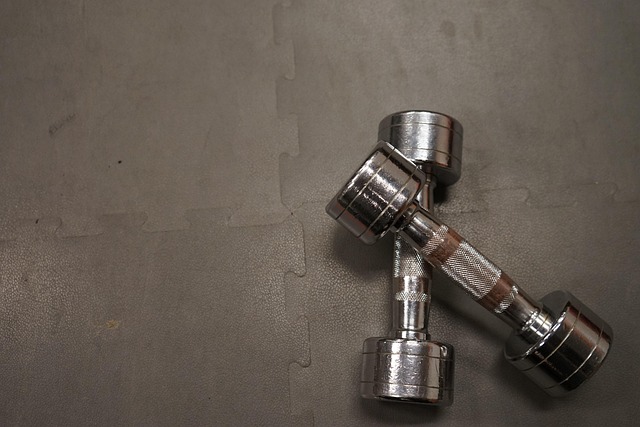
Creating a realistic and immersive training environment is essential for effective hazmat drill simulations, especially when utilizing online tank training equipment. To set up an optimal space, consider a dedicated area that allows for easy movement and manipulation of props. Purchasing emergency response props, such as simulated chemical containers or spill kits, will significantly enhance the authenticity of your drill scenario. These props enable trainees to practice handling hazardous materials safely, reinforcing their skills in containment, decontamination, and emergency protocols.
Arranging the training environment should prioritize versatility and realism. Strategically place prop tanks or containers with varying sizes and shapes, mimicking real-world storage and transportation conditions. Incorporate obstacles like barriers or low-hanging structures to challenge trainees’ navigation and maneuvering during high-stress situations. Regularly updating and replacing props ensures the training environment remains dynamic and engaging, allowing for a wide range of drill scenarios tailored to different response strategies.
Best Practices for Realistic Hazard Simulation

To achieve realistic hazard simulation during online tank training for hazmat drills, it’s essential to consider a blend of innovative equipment and best practices. Start by purchasing high-quality emergency response props designed specifically for hazardous material scenarios. These should include accurate replicas of tanks, barrels, and containers, made from durable materials that mimic real-world behavior when exposed to simulated chemicals. Incorporate adjustable settings that allow for variable spill sizes, allowing trainees to respond to a range of potential emergencies.
Next, focus on creating dynamic environments. Utilize technology like advanced lighting systems and scent machines to replicate hazardous conditions such as leaking tanks or toxic fumes. Integrating audio cues and realistic sound effects further enhances immersion. Regularly update and expand your simulation scenarios to prevent monotony and ensure trainees remain engaged and prepared for a variety of real-world hazards.
